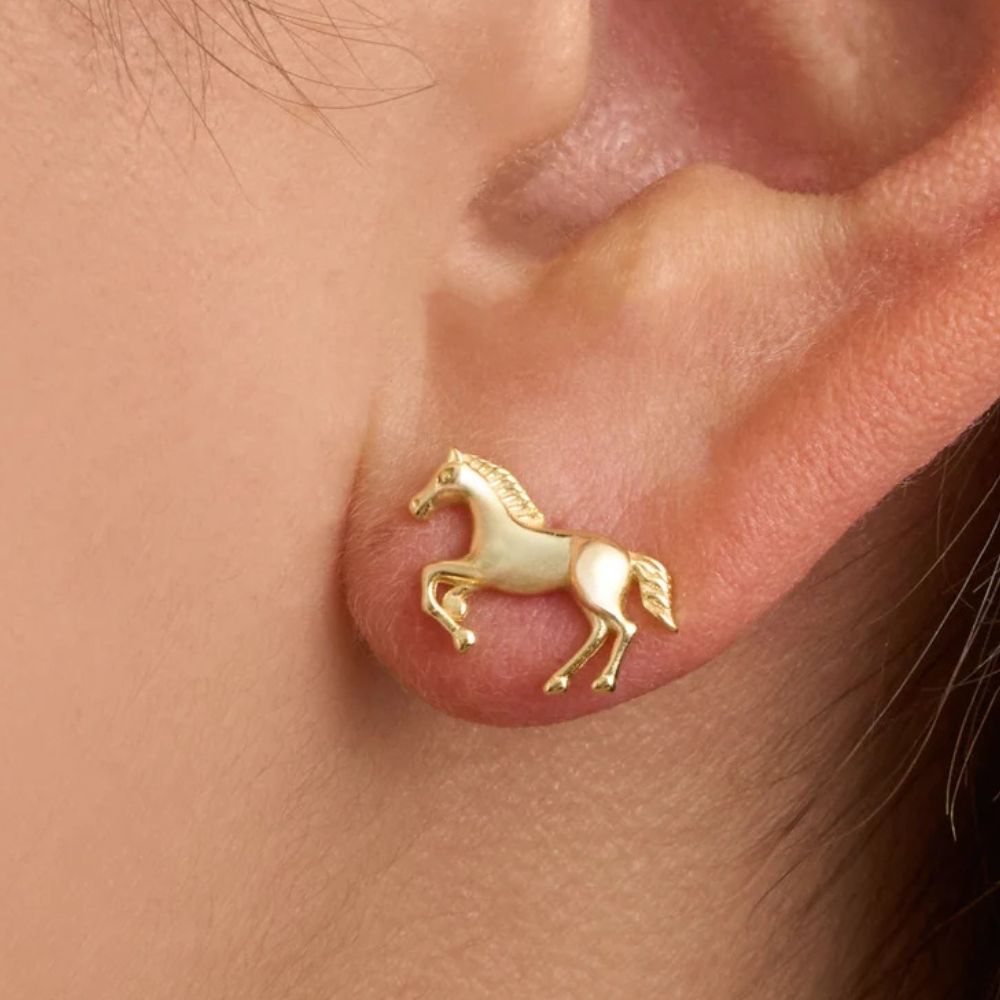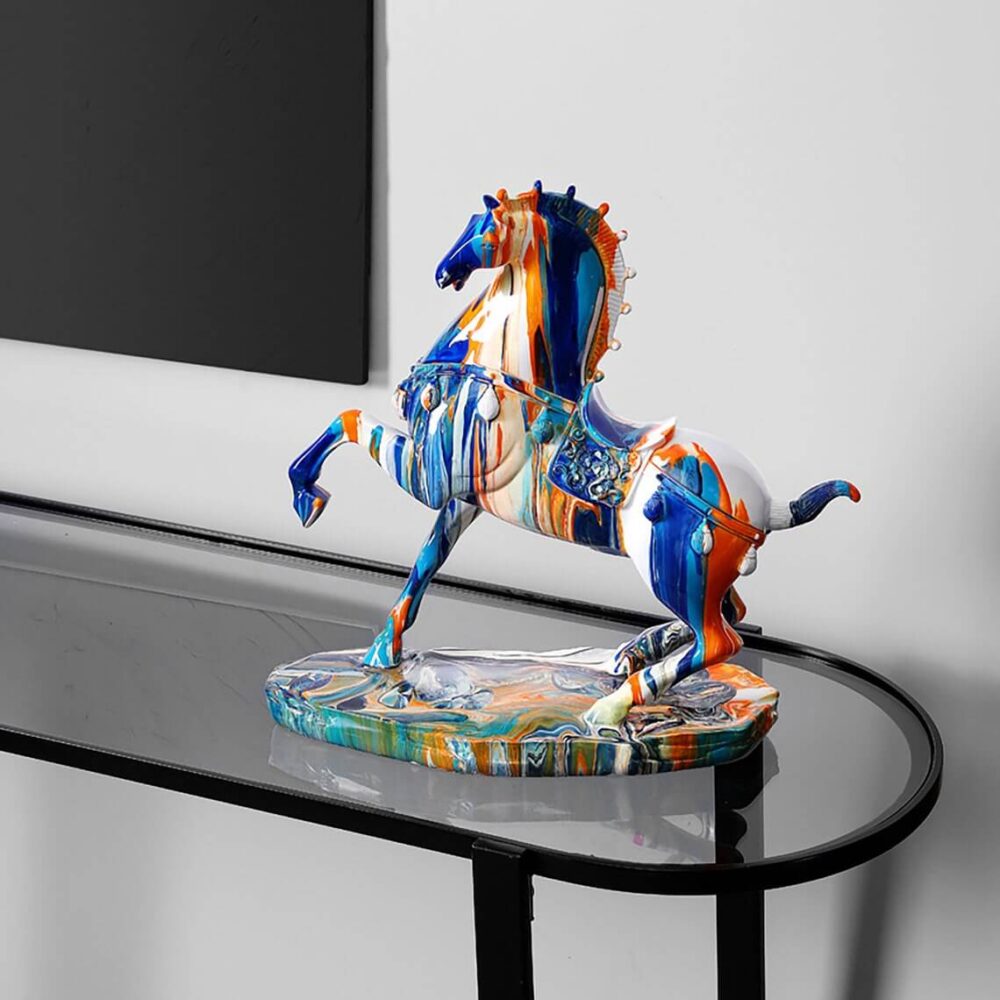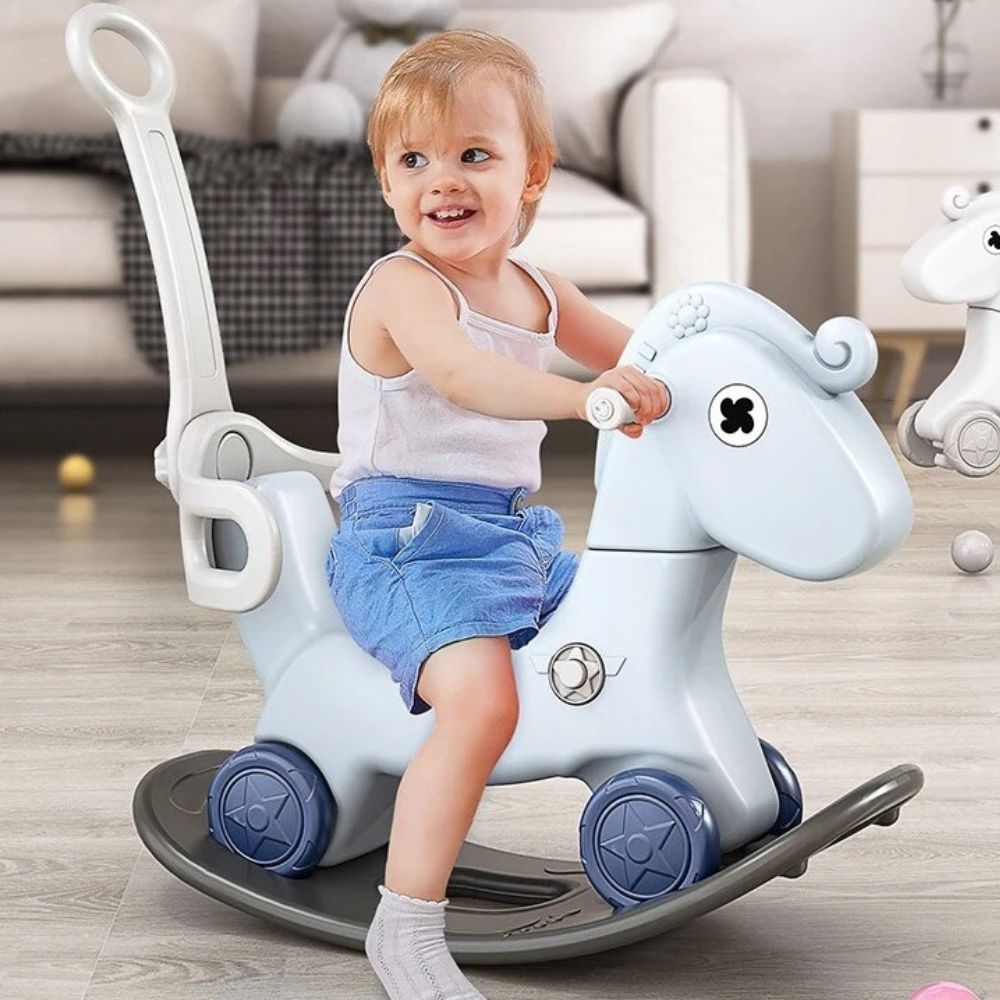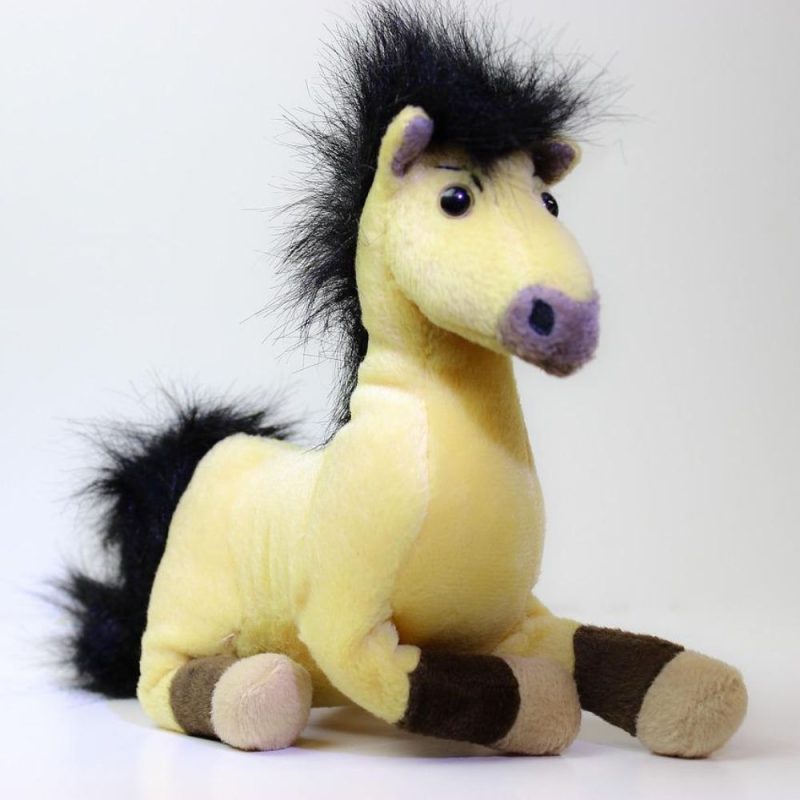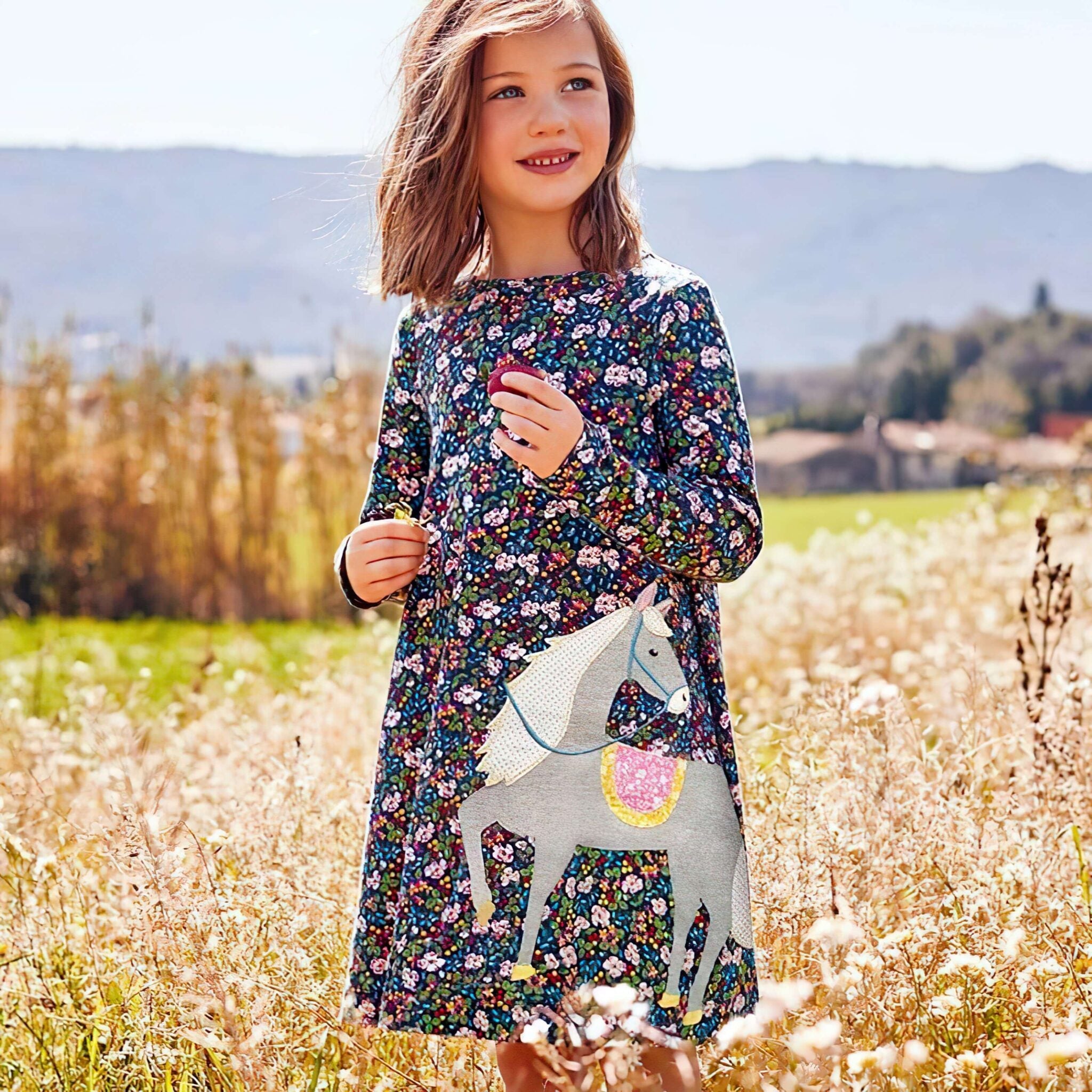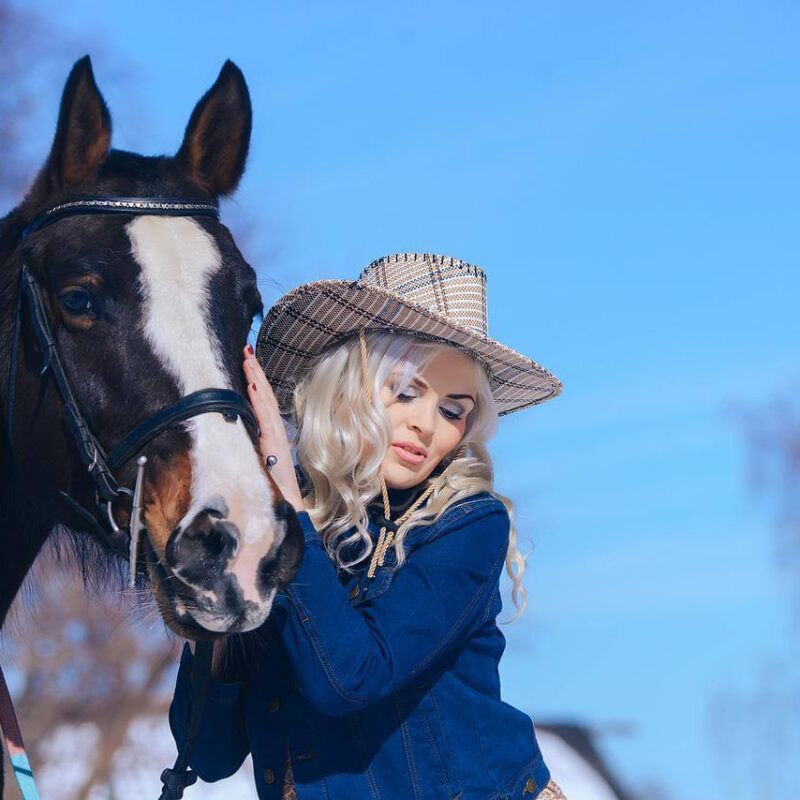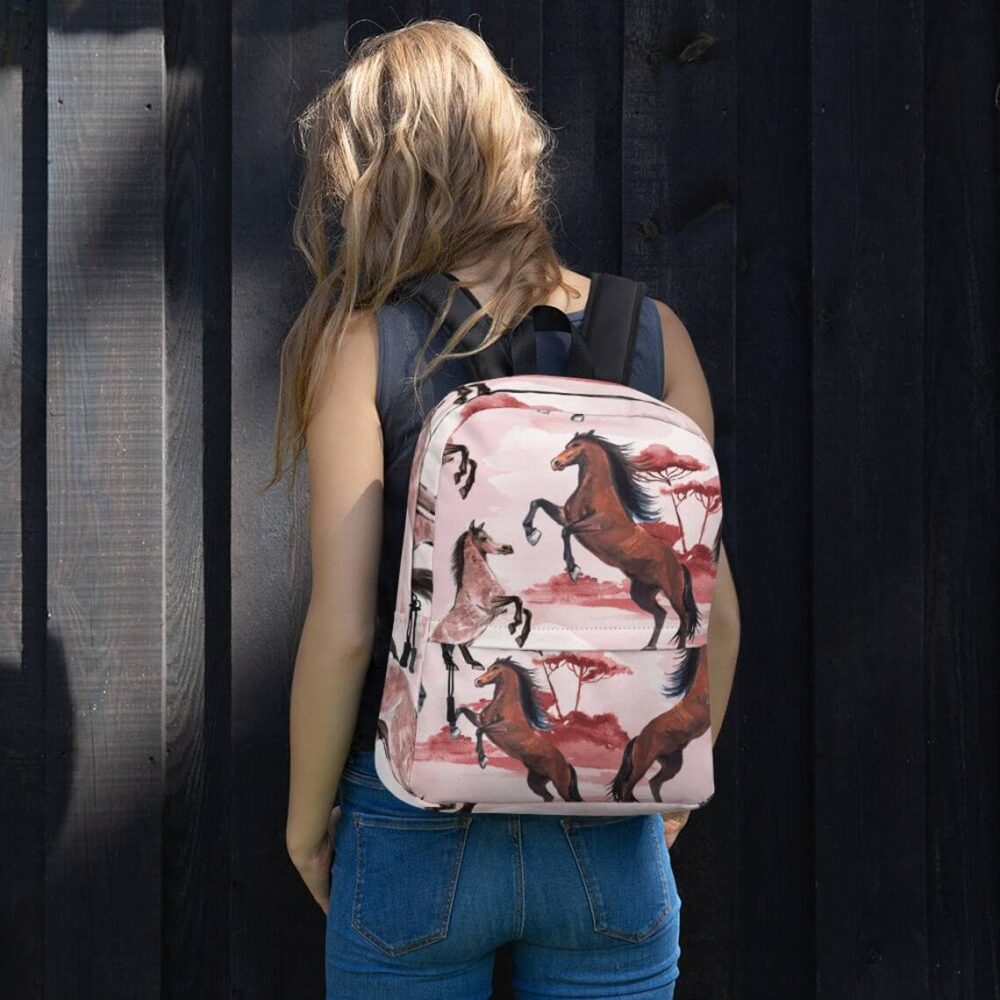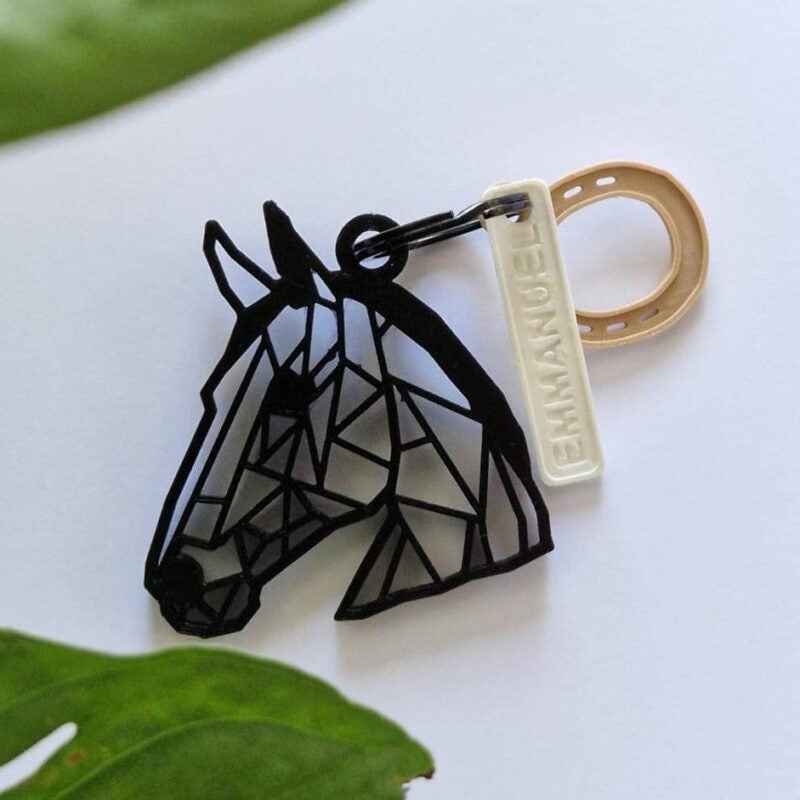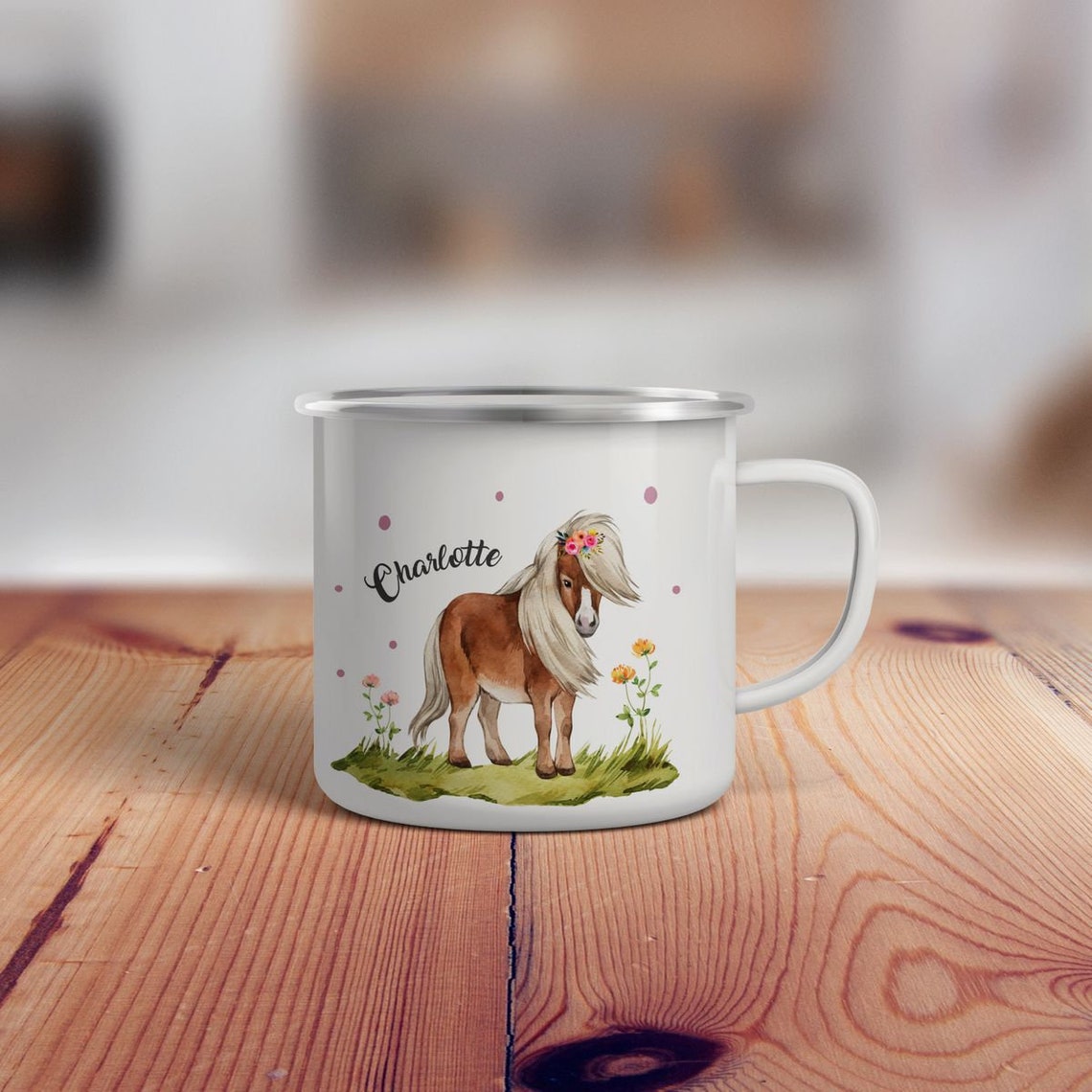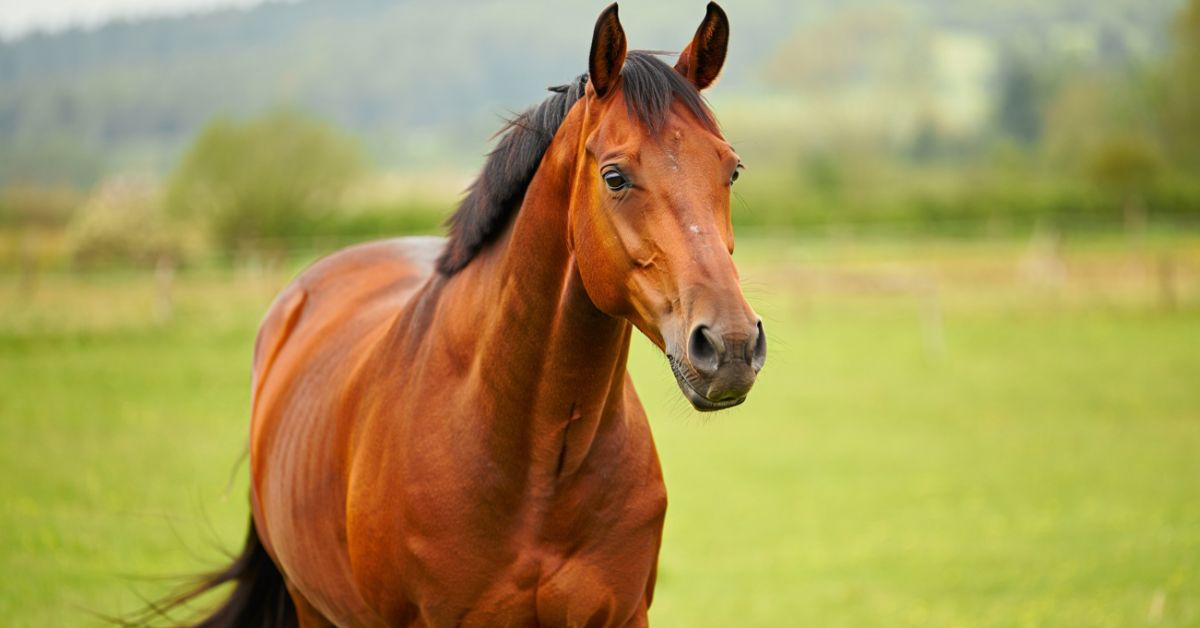
What is Normal Temperature for a Horse: Essential Guide for Equestrians
Understanding what is normal temperature for a horse is fundamental knowledge every horse enthusiast should master. Whether you're a seasoned rider adorning yourself with beautiful equestrian jewelry or a newcomer to the equestrian world, monitoring your horse's vital signs can be the difference between catching an illness early and facing a serious health crisis.
A healthy horse temperature range typically falls between 99°F to 101.5°F (37.2°C to 38.6°C). This normal horse temperature serves as your baseline for detecting potential health issues. Just like how you express your unique style through carefully chosen equestrian accessories, your horse's body temperature tells its own story about internal health and well-being. When you know how to properly assess equine body temperature, you become not just a rider, but a true guardian of your horse's health.
Chapter 1: Understanding Normal Horse Temperature Ranges 🌡️
Baseline Temperature Horse: The Foundation of Equine Health
Normal horse temperature isn't a single number—it's a range that varies based on several factors. Adult horses maintain a healthy horse temperature range between 99°F to 101.5°F (37.2°C to 38.6°C), while foals typically run slightly higher at 99.5°F to 102°F (37.5°C to 38.9°C).
Just as you carefully select each piece of equestrian jewelry to complement your riding style, understanding these temperature variations helps you make informed decisions about your horse's care. The equine body temperature fluctuates naturally throughout the day, with diurnal variation horse temperature showing lower readings in early morning and higher ones in late afternoon.
Horse Temperature Degrees Fahrenheit vs Celsius: Know Your Numbers
Converting between temperature scales is essential for horse health monitoring:
-
Normal range in Fahrenheit: 99°F - 101.5°F
-
Normal range in Celsius: 37.2°C - 38.6°C
-
Fever threshold: Above 101.5°F (38.6°C)
-
Hypothermia concern: Below 98°F (36.7°C)
According to Dr. Sarah Mitchell, equine veterinarian with 20 years of experience, "Knowing your horse's individual baseline temperature is more valuable than memorizing textbook ranges. Each horse is unique, just like every rider's personal style."
Adult Horse Temperature vs Foal Temperature
Adult horse temperature remains more stable than younger horses. Foal temperature can fluctuate more dramatically due to their developing thermoregulation systems. Here's what's considered normal:
Adult Horses (over 1 year):
-
Rest: 99-100.5°F
-
Light work: 100-101°F
-
After exercise: May reach 103°F temporarily
Foals (under 1 year):
-
Newborn: 99.5-102°F
-
6 months: 99-101.5°F
➤ Also Read: What Is The Average Weight of a Horse: Complete Breed Guide 2025
Chapter 2: How to Measure Horse Temperature Properly 🔧
Essential Equipment for Taking a Horse's Temperature
-
Digital thermometer for horses: Modern, accurate, and easier to read
-
Mercury thermometer for horses: Traditional but requires careful handling
-
Petroleum jelly or lubricant
-
Timer or stopwatch
-
Recording sheet for temperature fluctuations horse
Step-by-Step Guide: How to Measure Horse Temp
Rectal temperature horse measurement is the gold standard for accuracy. Here's the proper technique:
-
Preparation: Ensure your horse is calm and restrained safely
-
Lubrication: Apply petroleum jelly to the thermometer tip
-
Insertion: Insert 2-3 inches into the rectum at a slight angle
-
Wait: Digital thermometers beep when ready (usually 1-2 minutes)
-
Record: Note the reading, time, and any relevant circumstances
Horse Temperature Chart: Tracking Your Equine's Health
Creating a horse temperature chart helps establish your horse's personal baseline. Record temperatures:
-
Same time daily (preferably morning)
-
Before and after exercise
-
During seasonal changes
-
When your horse seems unwell
This systematic approach to equine health check routines mirrors the attention to detail you show when selecting premium equestrian accessories—every element matters for optimal performance and well-being.
Safety Considerations for Horse Health Monitoring
Never attempt temperature measurement on an agitated horse. Your safety comes first, just as you wouldn't compromise on quality when choosing protective riding gear. If your horse won't cooperate, contact your veterinarian for professional assessment.
Chapter 3: Recognizing Fever and Temperature Abnormalities ⚠️
Fever in Horses: When Normal Becomes Concerning
High horse temperature above 101.5°F indicates fever in horses, a sign your horse's immune system is fighting something. Fever in equines serves as an early warning system, much like how the right equestrian jewelry catches the eye—it's meant to be noticed.
Signs of Illness in Horses Beyond Temperature:
Physical Signs:
-
Lethargy and depression
-
Loss of appetite
-
Increased respiratory rate
-
Nasal discharge
-
Swollen lymph nodes
Behavioral Changes:
-
Reluctance to move
-
Standing apart from other horses
-
Changes in drinking habits
-
Altered social interactions
When to Call the Vet: Critical Temperature Thresholds
Contact your veterinarian immediately when:
-
Temperature exceeds 103°F (39.4°C)
-
Low horse temperature drops below 98°F (36.7°C)
-
Temperature remains elevated for more than 12 hours
-
Other horse temperature symptoms accompany the fever
Dr. James Rodriguez, DVM, notes: "A horse's temperature tells a story. Like reading the subtle details in fine equestrian craftsmanship, interpreting these vital signs requires knowledge, patience, and experience."
Understanding Horse Vitals: The Complete Picture
Horse TPR (Temperature, Pulse, Respiration) provides comprehensive health assessment:
-
Temperature: 99-101.5°F
-
Pulse: 28-44 beats per minute
-
Respiration: 8-16 breaths per minute
This vital signs checklist should become as routine as selecting your daily equestrian accessories—an essential part of your horse care regimen.
Recognizing a Sick Horse: Beyond the Thermometer
Temperature alone doesn't tell the whole story. Body temperature and horse illness correlation requires understanding additional symptoms:
-
Changes in manure consistency
-
Skin tent test results (dehydration check)
-
Gum color and capillary refill time
-
Overall demeanor and appetite
Chapter 4: Environmental and Situational Factors Affecting Horse Temperature 🌤️
Environmental Factors Temperature Horse: External Influences
Equine thermoregulation responds dynamically to environmental conditions. Just as you might choose different equestrian jewelry for various seasons, your horse's temperature naturally adjusts to surroundings.
Climate Impact on Normal Temperature for Mare and Normal Temperature for Stallion
Summer Considerations:
-
Horse heat stress risk increases above 80°F with high humidity
-
Normal temperature may run 0.5-1°F higher in hot weather
-
Adequate shade and water become critical
Winter Challenges:
-
Hypothermia in horses possible when temperatures drop rapidly
-
Body temperature may decrease slightly in cold weather
-
Proper blankets and shelter essential
Temperature After Exercise: Expected Variations
Temperature after exercise can reach 103-105°F temporarily—this is normal! However, temperature should return to baseline within:
-
30 minutes for light exercise
-
60-90 minutes for moderate work
-
2 hours for intense training
Age and Gender Variations
Normal temperature for mare versus normal temperature for stallion shows minimal difference, but individual variations exist. Pregnant mares may run slightly higher temperatures, especially in late pregnancy.
Diurnal Variation Horse Temperature: Natural Daily Fluctuations
Your horse's temperature naturally fluctuates throughout the day:
-
Morning: Typically lowest (98.5-99.5°F)
-
Midday: Moderate elevation
-
Evening: Often highest (100-101.5°F)
This pattern mirrors how you might choose different equestrian accessories for morning rides versus evening events—timing matters.
Breed and Size Considerations
Larger horses generally maintain more stable temperatures, while smaller breeds may show greater fluctuations. Draft horses typically run on the lower end of normal ranges, while athletic breeds like Thoroughbreds may naturally run slightly warmer.
Chapter 5: Advanced Horse Health Monitoring and Prevention Strategies 📊
Horse Wellness Check: Comprehensive Health Management
Effective horse wellness check routines extend beyond temperature monitoring. Like curating a collection of premium equestrian jewelry, building a comprehensive health monitoring system requires attention to multiple elements working in harmony.
Creating Your Equine Health Check System
-
Daily observations: Visual assessment of attitude and appetite
-
Weekly detailed checks: Include temperature, pulse, and respiration
-
Monthly comprehensive reviews: Weight monitoring and body condition scoring
-
Seasonal veterinary examinations: Professional health assessments
Technology Integration in Horse Health Monitoring
Modern digital thermometer for horses options include:
-
Bluetooth connectivity for automatic record keeping
-
Smartphone apps for tracking temperature fluctuations horse
-
Cloud-based storage for veterinary access
-
Alert systems for abnormal readings
Research from the University of Kentucky (2023) shows that horse owners who maintain consistent temperature records identify health issues 48% faster than those who don't track vital signs regularly.
Horse Temperature Symptoms: Advanced Pattern Recognition
Experienced horse owners develop intuitive recognition of subtle temperature-related symptoms:
Early Warning Signs:
-
Slight changes in ear temperature (ears feel unusually warm or cool)
-
Altered drinking patterns
-
Minor changes in manure consistency
-
Subtle behavioral shifts
Progressive Symptoms:
-
Visible lethargy
-
Decreased appetite
-
Physical signs of discomfort
-
Changes in normal routine behaviors
Building Your Emergency Response Plan
Every horse owner should have a clear protocol for temperature emergencies:
-
Immediate Assessment: Confirm temperature reading with second measurement
-
Documentation: Record time, temperature, and associated symptoms
-
Veterinary Contact: Know when to call versus when to monitor
-
Supportive Care: Understand basic first aid measures
-
Follow-up Protocol: Plan for ongoing monitoring
As renowned equine behaviorist Dr. Linda Henderson states: "The best horse owners are like skilled artisans—they know their craft intimately and can detect the smallest variations that others might miss."
Equine Thermoregulation: Understanding the Science
Horses regulate body temperature through:
-
Sweating: Primary cooling mechanism
-
Respiratory rate changes: Increased breathing for heat dissipation
-
Behavioral adaptations: Seeking shade or shelter
-
Circulatory adjustments: Blood flow modifications
Understanding these mechanisms helps you support your horse's natural temperature regulation, much like how quality equestrian accessories support your riding performance.
Preventive Strategies for Temperature-Related Issues
Preventing Heat Stress:
-
Provide adequate shade and ventilation
-
Ensure constant access to fresh water
-
Schedule intense work during cooler hours
-
Use cooling techniques like fans or misters
Preventing Hypothermia:
-
Provide appropriate shelter
-
Use quality blankets when necessary
-
Monitor vulnerable horses more closely
-
Maintain proper nutrition for energy production
Frequently Asked Questions on Horse Temperature 🤔
What is a horse's normal resting temperature?
A horse's normal resting temperature ranges from 99°F to 101.5°F (37.2°C to 38.6°C). This baseline temperature horse can vary slightly between individual horses, so it's important to know your specific horse's normal range through regular monitoring.
How often should I check my horse's temperature?
For healthy horses, checking temperature weekly as part of routine equine health check is sufficient. However, increase frequency during illness, extreme weather, or when you notice signs of illness in horses. Daily temperature checks help establish your horse's personal normal horse temperature baseline.
Can I use a human thermometer on my horse?
While possible, it's better to use a digital thermometer for horses specifically designed for large animals. These thermometers are more durable, have longer probes for safety, and often include features like automatic shut-off and memory storage for horse health monitoring.
What should I do if my horse's temperature is high?
If your horse shows high horse temperature above 101.5°F, first recheck the reading. If confirmed, contact your veterinarian, especially if the temperature exceeds 103°F or if other horse temperature symptoms are present. Provide shade, fresh water, and avoid exercise until temperature normalizes.
Are there differences between normal temperature for mare and stallions?
Normal temperature for mare and normal temperature for stallion ranges are essentially identical (99-101.5°F). However, pregnant mares may run slightly higher temperatures, particularly in late pregnancy. Individual variation matters more than gender differences.
How does exercise affect equine body temperature?
Temperature after exercise can temporarily reach 103-105°F, which is normal. The key is how quickly temperature returns to baseline: within 30 minutes for light work, 60-90 minutes for moderate exercise, and up to 2 hours for intense training sessions.
Express your passion for equine wellness with Dream Horse's collection of practical accessories designed for dedicated horse enthusiasts. From health monitoring tools to beautiful equestrian jewelry that celebrates your love for horses, we provide everything you need to assert your individuality in the equestrian world.










